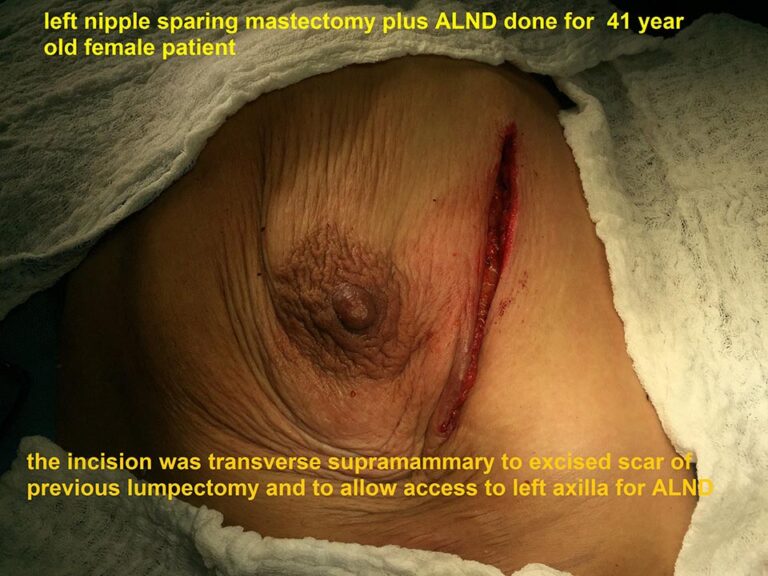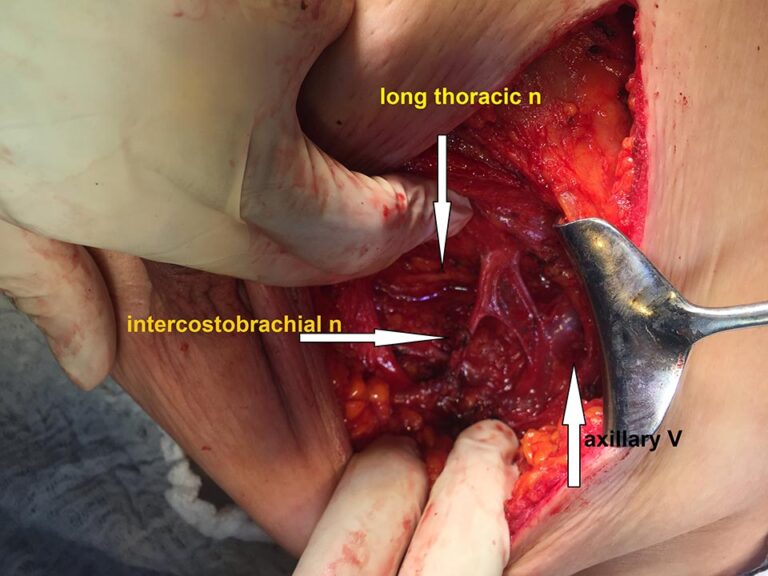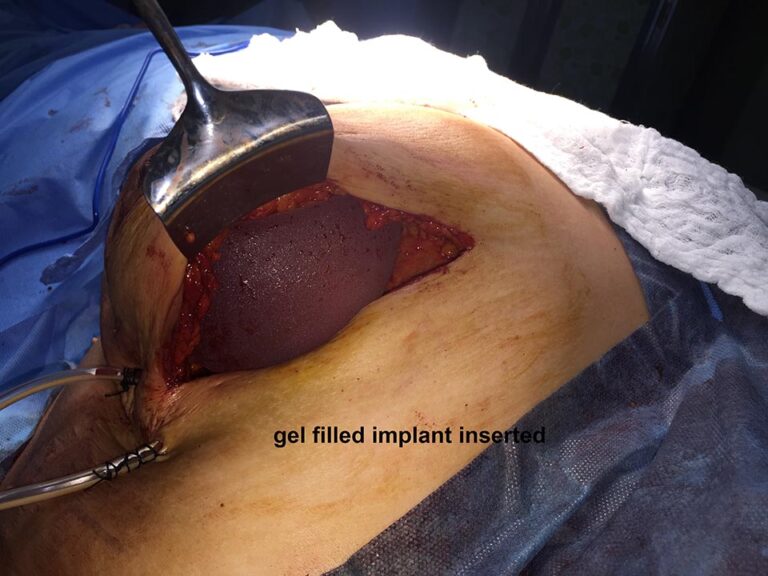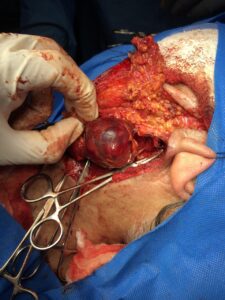Nipple Sparing Mastectomy with Primary Implant plus axiliary dissection (Sep. 2019)
Review of literature
Nipple-Sparing Mastectomy and Direct-to-Implant Breast Reconstruction.
Colwell AS1, Christensen JM.
Author information 1
Boston, Mass. From the Division of Plastic and Reconstructive Surgery, Massachusetts General Hospital, Harvard Medical School.




















